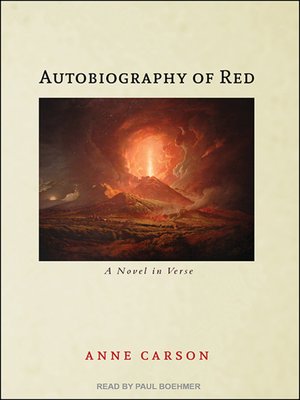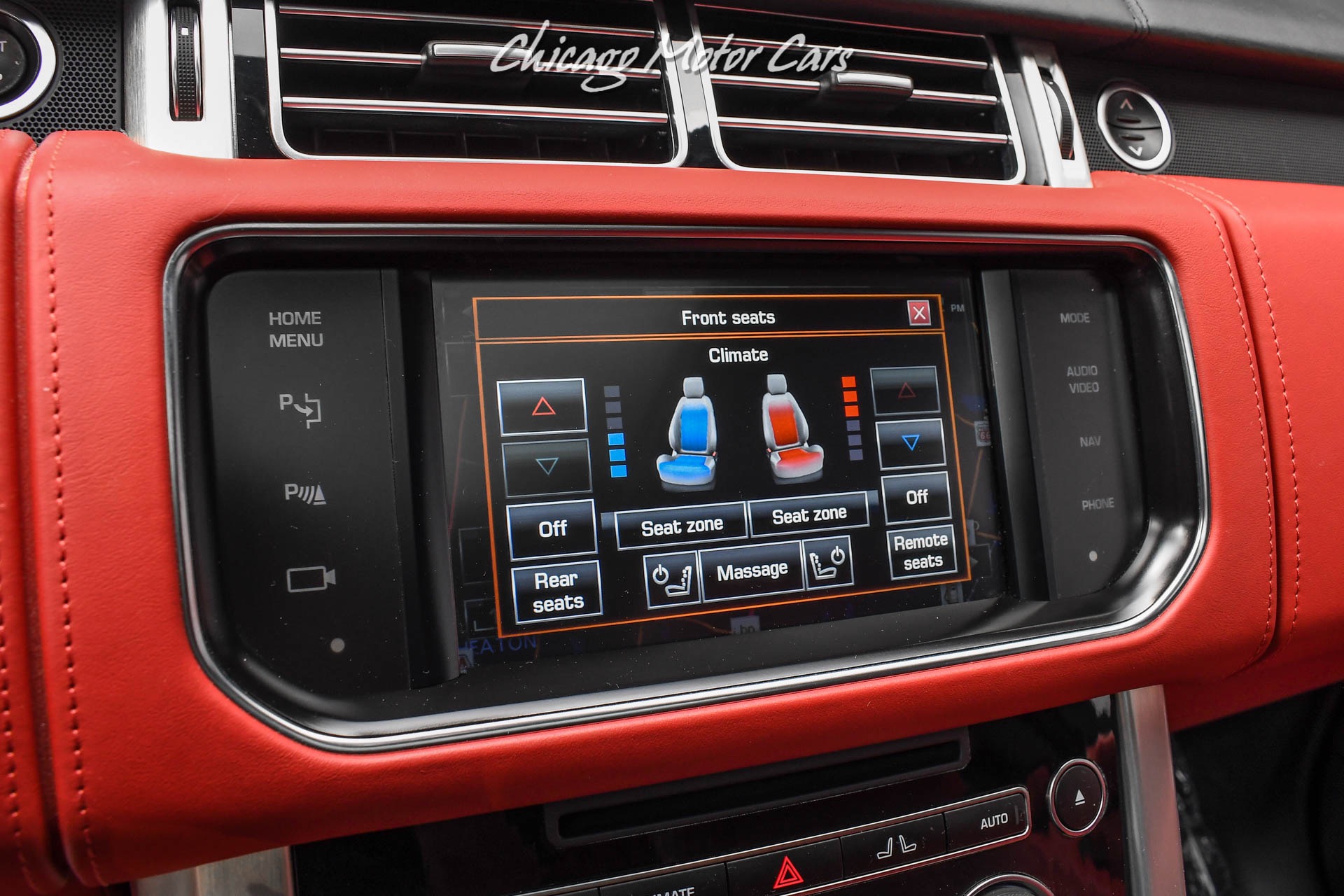


The book is subtitled "A Novel in Verse," but-as usual with Carson-neither "novel" nor "verse" quite seems to apply. ( March 2016)Ĭritic Sam Anderson describes the book as follows: Consider transferring direct quotations to Wikiquote or, for entire works, to Wikisource. Please help improve the article by presenting facts as a neutrally worded summary with appropriate citations. This section contains too many or overly lengthy quotations for an encyclopedic entry. The book also contains Carson's very loose translation of the Geryoneis fragments, using many anachronisms and taking many liberties, and some discussion of both Stesichorus and the Geryon myth, including a fictional interview with "Stesichoros", a veiled reference to Gertrude Stein. The novel ends, ambiguously, with Geryon, Ancash, and Herakles stopping outside a bakery near a volcano. Herakles leaves his young lover at the peak of Geryon's infatuation when Geryon comes across Herakles several years later on a trip to Argentina, Herakles' new Peruvian lover Ancash forms the third point of a love triangle. Sexually abused by his older brother, his affectionate mother too weak-willed to protect him, the monstrous young boy finds solace in photography and in a romance with a young man named Herakles.

It is unclear how much of the mythological Geryon's connection to the story's Geryon is literal, and how much is metaphorical. Autobiography of Red is a verse novel by Anne Carson, published in 1998 and based loosely on the myth of Geryon and the Tenth Labor of Herakles, especially on surviving fragments of the lyric poet Stesichorus' poem Geryoneis.Īutobiography of Red is the story of a boy named Geryon who, at least in a metaphorical sense, is the Greek monster Geryon.


 0 kommentar(er)
0 kommentar(er)
